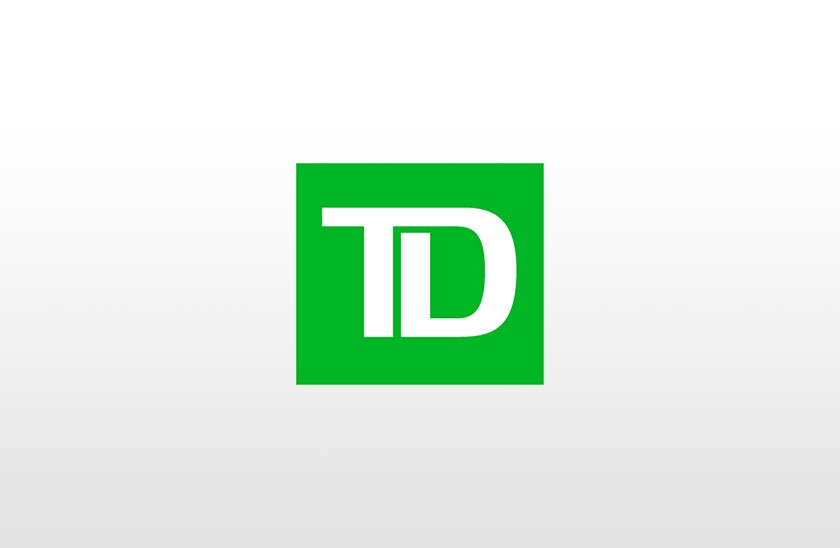
Describing FABNs as a ‘structure’ can create a false air of complexity for what is in essence an incredibly straightforward asset. “At the heart of it, a funding agreement is really a policy,” says Arvind Sriram, Head of Insurance Investment Banking at TD Securities. “It looks and feels like a fixed annuity: coupon, fixed duration, principal back at maturity.”
Because investors cannot buy a policy directly, insurers place it in a pass-through trust that issues the notes. Ultimately, that allows investors to take a very senior position pari passu with other general account policyholders. “It’s a wonderful opportunity for investors to get direct senior exposure at the insurance company level,” says Sriram. “That’s why the rating aligns with the insurer’s financial strength — it’s as safe an instrument as you can get from an insurance company.”
Powerful diversification
For the insurers, FABNs are simply the institutional counterpart to retail annuities. In both cases, proceeds go into the general account and the insurer earns a spread. But several key capital market shifts have combined to make that spread increasingly attractive.
“On the asset side, insurers today have a much broader opportunity set,” Sriram says. “The growth of private credit and the convergence of insurers with asset managers have expanded investment opportunities. Combine that with record-tight FABN funding costs, and the result is a higher net spread — and a strong incentive to issue.”

Although they are rooted in the US insurance market, Europe is no stranger to FABNs. Mark Byrne, Head of European Credit Syndicate at TD Securities, points out the notes have been issued on the continent for 25 years. Historically, the dollar market’s depth and pricing advantage made it the natural home for FABN issuance. But as programmes have grown in size and number, diversification and relative value have pulled issuers across the Atlantic. In the euro market, issuance has more than doubled in 2025 compared to 2024. TD Securities sees a bright future for FABNs in Europe.
“There’s a very powerful diversification that the European markets offer,” says Byrne. “Issuers are often impressed by how deep and robust the euro market is, where a covered bond orderbook can have 150–200 investors, most of whom don’t buy dollars.” There are also plenty of times when a euro — or sterling — deal simply provides a better all-in cost of funding. One misperception Byrne likes to correct is the idea that sterling is a sideshow. “Sterling is often seen as smaller, but in FABNs it’s on par with euros by annual volumes and deal count, historically” he says. “If anything, UK investors have longer familiarity with the product.”
High grade, low beta
On the buy side, FABNs provide investors across all markets with a rare combination: high-quality exposure without the volatility of typical corporate or bank credit. “In a widening market, FABNs move a lot less— the definition of low beta,” says Byrne. “If senior unsecured is 5bp wider, FABNs might widen 1bp and do so more slowly.”
Unsurprisingly, the appetite for these attributes extends beyond insurance and pension funds. FABNs hit a sweet spot for investors like corporate treasuries and official institutions, who have freedom in terms of which assets they can hold but still prize liquidity and high quality. “For investors who find the covered bond world too expensive, can’t hold senior bank paper for risk-weighting reasons, but who still want unquestionable credit quality, this is the perfect product,” says Byrne. Sriram sees a similar pattern from the US side, where many investors look at FABNs as a surrogate for cash or Treasuries with an additional yield.
If the FABN sector has matured and thrived, it is part because banks with deep expertise have guided it through multiple cycles. “The TD Securities team were early pioneers of the FABN back when we worked at Credit Suisse,” Sriram says. “Since coming to TD Securities we’ve been very active in the US and Europe, and we’re keen to bring more issuers as volumes pick up.”
The team’s collective institutional memory has been critical when it comes to advising issuers and investors in newer markets. “We have a specialist team that understands the product through and through,” says Byrne. “In Europe our mission is to educate investors on this distinct sector, which has a natural buyer base here.”
The FABN market is now feeding on its own success. As more insurers set up repeat programmes, investors grow more comfortable with the product. As more investors buy, the case for new issuance strengthens. “It’s a virtuous circle,” says Sriram. “Better unit economics are driving supply, adoption is deepening demand — and we’re excited about the growth ahead.”








